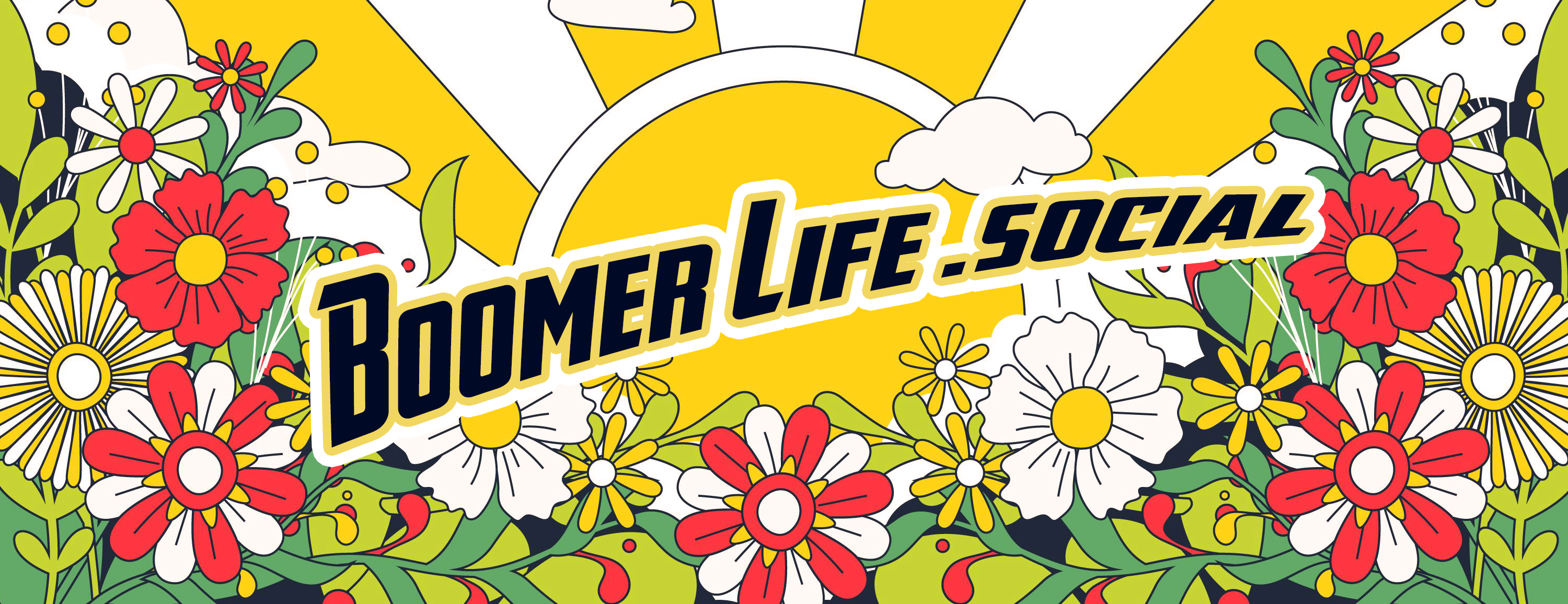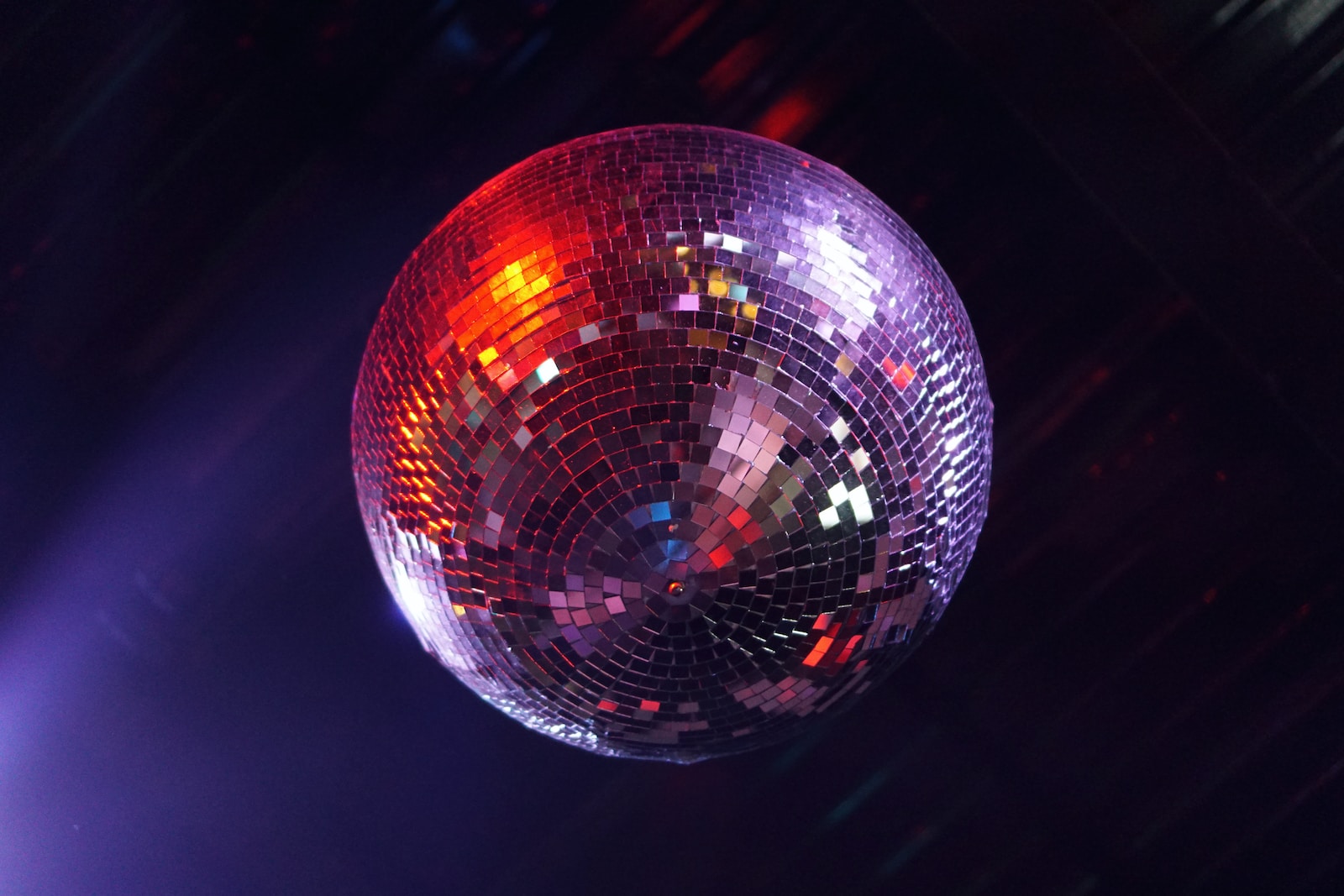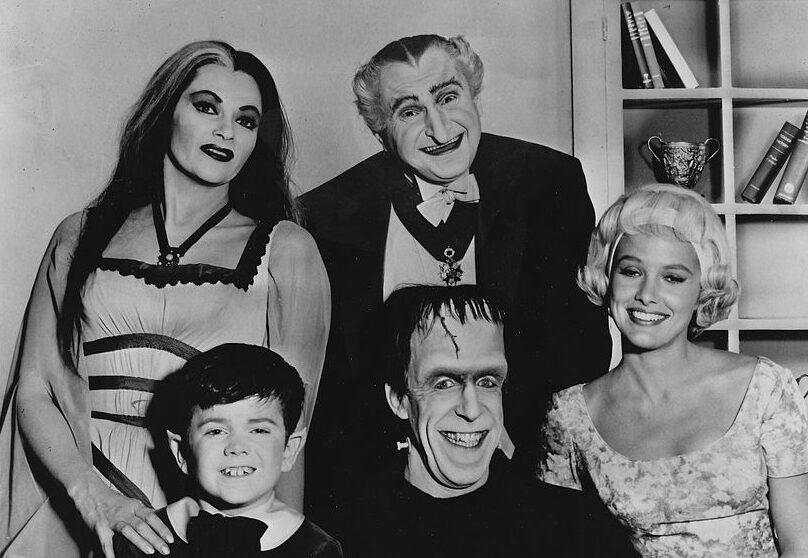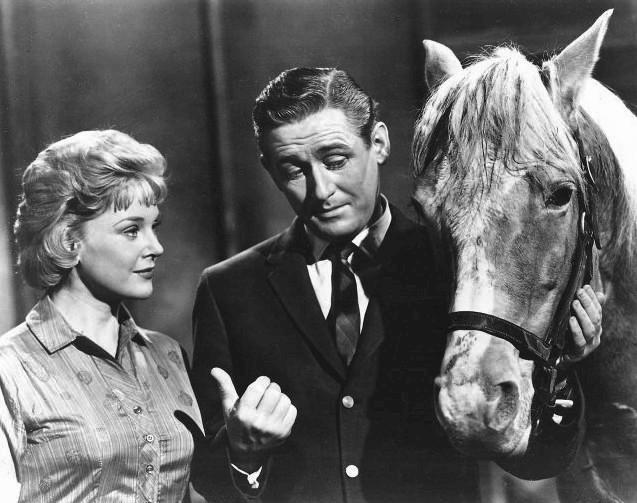Share this article with your network of friends!
The 1970s was a time of cultural revolution, and no other musical genre captured the essence of that era quite like disco. As seniors who lived through this iconic decade, you may remember the vibrant dance floors, dazzling disco balls, and infectious beats that defined the birth of disco. Let’s take a trip down memory lane and explore how this genre took the world by storm, leaving an indelible mark on music and pop culture.
The Origins of Disco
Disco emerged from the intersection of various musical styles, including funk, soul, and rhythm and blues. The term “discotheque” was originally used to describe clubs where recorded music was played for dancing. These clubs became the epicenters of a new kind of nightlife experience that emphasized dancing, socializing, and self-expression.
“Saturday Night Fever” and Mainstream Breakthrough
The release of the movie “Saturday Night Fever” in 1977 marked a turning point for disco. Starring John Travolta, the film became a cultural phenomenon, propelling disco music and dance into the mainstream. The soundtrack, featuring the Bee Gees and other disco artists, became one of the best-selling albums of all time. Hits like “Stayin’ Alive” and “Night Fever” became anthems of the era and remain iconic to this day.
Dance Culture and Fashion
Disco was not just a music genre; it was a lifestyle. The dance moves that accompanied disco music, such as the Hustle and the Electric Slide, encouraged self-expression and community. Flashy and flamboyant fashion became synonymous with disco culture, with individuals adorning themselves in glitter, sequins, platform shoes, and bold colors. Discotheques became a haven for individuals to embrace their unique style and let loose on the dance floor.
Inclusivity and Social Impact
Disco clubs were known for their inclusive and diverse atmosphere, welcoming people of all races, genders, and sexual orientations. This made disco not only a musical phenomenon but also a social movement that celebrated unity and acceptance. The famous disco ball, reflecting light in all directions, became a symbol of this diversity and the desire to create a world of harmony and celebration.
The Decline and Legacy
While disco reached unparalleled heights, it also faced backlash from critics who deemed it shallow and commercial. The “Disco Demolition Night” in 1979, where a disco record bonfire was organized at a baseball game, marked the beginning of disco’s decline. However, disco’s impact on music, fashion, and dance remained. Elements of disco can be heard in modern pop and dance music, and its influence on club culture is evident to this day.
Conclusion
The birth of disco in the 1970s was more than just a musical phenomenon; it was a cultural revolution that encouraged freedom, self-expression, and unity on the dance floor. Seniors who lived through this electrifying era remember the excitement, the fashion, and the joy that disco brought. As we reminisce about those groovy nights, let’s celebrate the legacy of disco and its enduring impact on the world of music and beyond.
DISCLAIMER: This website contains articles for informational and entertainment purposes only. No articles on this website should be considered as professional advice for any medical, legal, or financial matter. Advertisements and content may contain affiliate links, where the website earns a commission for sales derived from our users.





